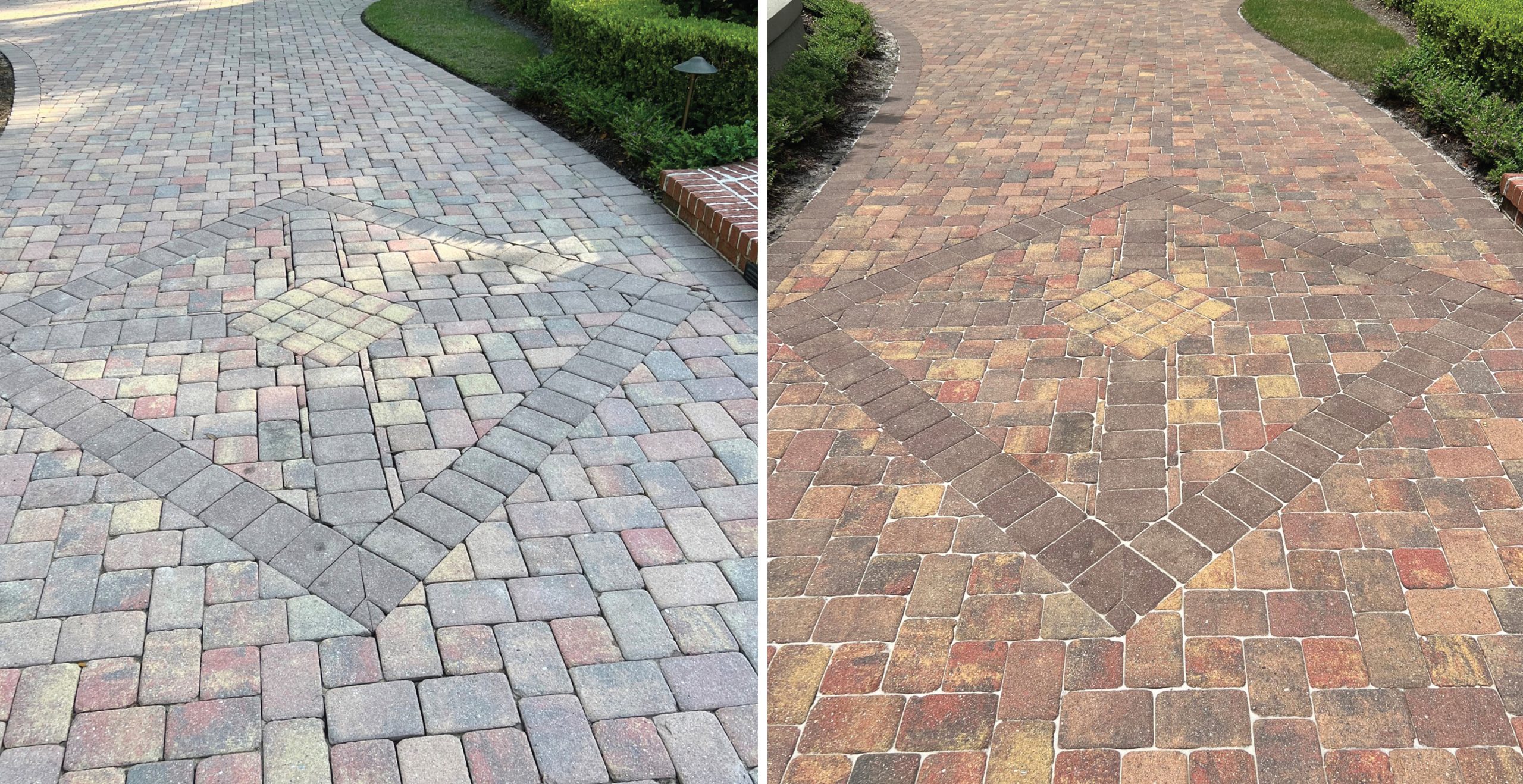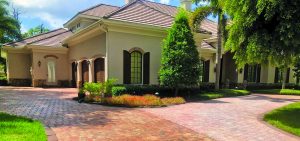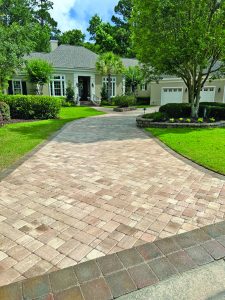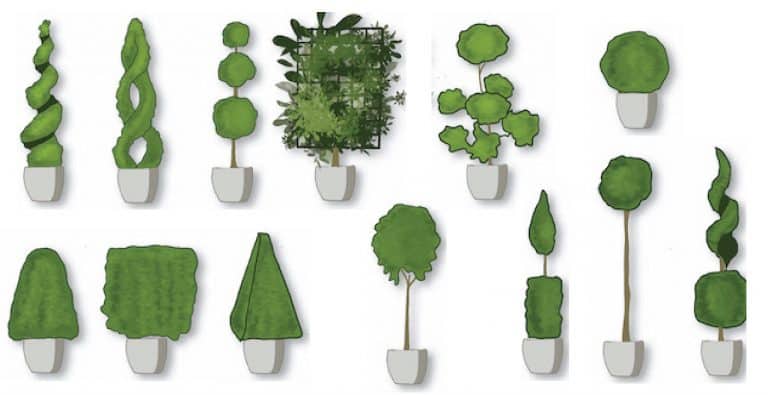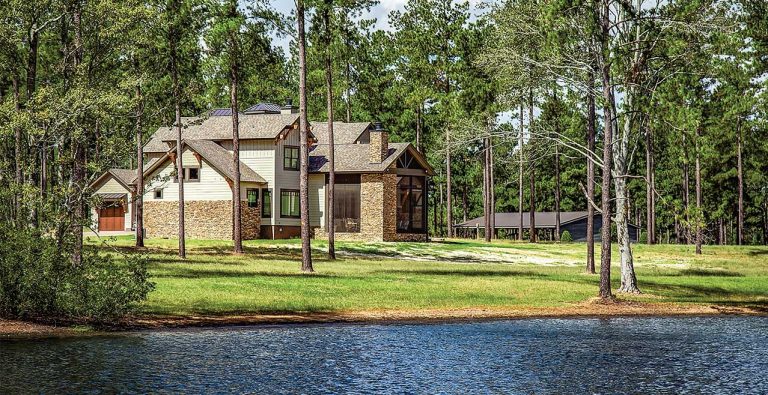Before & After: Pave the way
Professional advice for extending the life of your Paver driveway, patio and pool deck.
Over the past 20 years, homeowners have increasingly chosen pavers as the preferred building material for driveways, patios and pool decks. Pavers provide an excellent foundation for your home’s curb appeal and are a safe investment because they add value to your property. However, like any exterior hardscape surface, pavers are exposed to the harmful effects of weathering. Here in the Lowcountry high humidity, seawater salt spray and UV rays impact pavers in an extreme way. These harsh environmental conditions accelerate their discoloration and deterioration, while also creating joint instability that affects functionality. Recognizing the signs of a paver driveway in need of restoration is vital to extending its life. Dominick Biangone, owner of Seacoast Driveways, shares seven nuggets of paver knowledge homeowners need to know.
Rock solid advice…
1. Understand that your paver driveway isn’t a one-and-done scenario. It needs periodic maintenance.
2. Due to the porosity of concrete pavers, their interaction with our coastal climate is harsh. The main result of this interaction is damage and deterioration to your paver surface.
3. Make sure the sand in the paver joints is intact and functioning properly. The growth of vegetation or an insect infestation is the first sign the joint sand is failing.
4. That white chalk-like appearance on your pavers is called efflorescence. This is caused when moisture containing dissolved salts is brought to the surface. It is naturally occurring, yet very unattractive. Luckily, it’s treatable.
5. High humidity equals mold and mildew growth. This condition can be minimized by applying an appropriate paver sealant.
6. Applying the appropriate sealer to your pavers has lasting benefits. The proper sealer makes your pavers stronger, reduces damage caused by our harsh coastal weather conditions, enhances visual appeal and extends the life of your pavers.
7. There is a good chance your pavers might require more than a simple pressure washing. Call a professional restoration company for an evaluation.
Good as new
Check out these before-and-after images of a Seacoast Driveways restoration in Long Cove.
“This driveway was 19 years old and had seen the typical impact of our coastal weather, which included faded color due to UV exposure, and efflorescence (white chalky appearance on the surface) due to the high salt content in our precipitation,” Biangone said. “The sand in the joints was also in a complete failure state, which means it had little to no sand in the joints, as well as vegetation growth and insect infestation. This was a beautiful home with a really unattractive driveway.”
Seacoast Driveways used a multi-pronged approach for this project — tapping their technical knowledge of building materials, chemical solutions, paver structure functionality and coastal climate interaction to erase 19 years of weather exposure.
“My driveway now has such depth of color,” the homeowner said.


“With proper periodic maintenance, this restoration may last 10-plus years and extend the life of the driveway for an additional 10 years,” Biangone said. “Periodic maintenance is highly suggested. This would include proper cleaning, an annual evaluation of the restoration and possible sand or sealer reapplication.”


